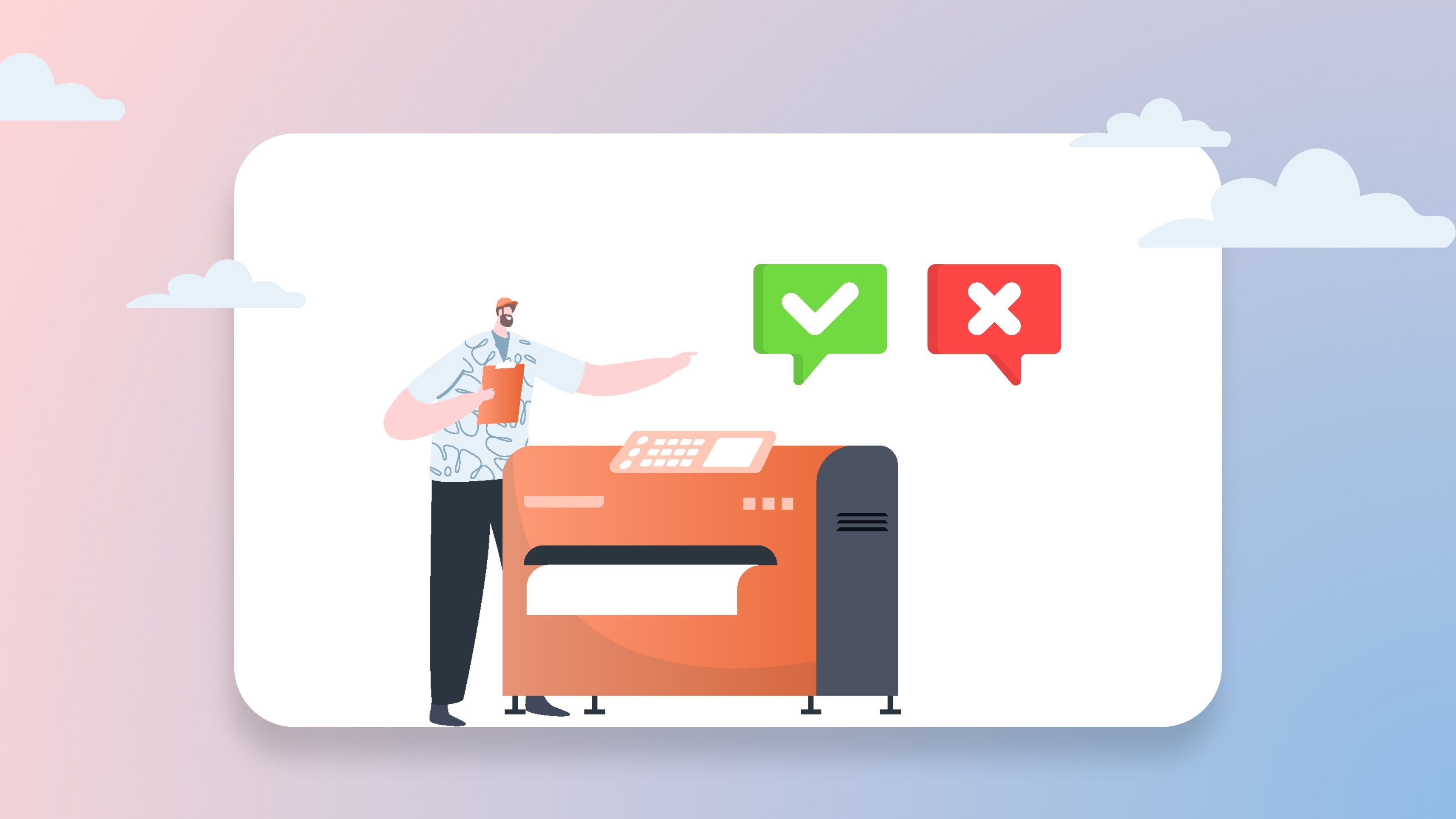The Benefits Of Shopify: Pricing, Competition, And More
If you’ve considered starting an online store, chances are you’ve heard of Shopify. But in a crowded eCommerce marketplace, it can be difficult to...
3 min read
.png) Court Abel
:
Jul 17, 2024 2:07:24 PM
Court Abel
:
Jul 17, 2024 2:07:24 PM
.png)
It’s an age-old question: how do you price your products to balance consumer needs with profits? While many small business owners create product prices off the top of their head, there is an art to finding the ideal price for the goods you sell. If you’re wondering how to price a product, when to drop your prices, or if you can afford to raise them, check out our ultimate guide to eCommerce pricing strategy.
There are a number of factors that go into the price of a final product for consumer sales. As you develop your own formula, consider these factors to find the perfect price point that works for you and your customers.
The most obvious factor for pricing your products is the cost of the goods or raw materials needed. You need to make sure that you can produce the final product for less than you charge in order to turn a profit.
When considering how to price a product, always start with the cost of goods and manufacturing, and make sure that even your best sales don’t drop below this price unless you are trying to clear stock.
You’ll also need to factor in all of the additional costs that help get your product from the warehouse to the customer. Consider the following costs when looking at your logistics costs:
Keeping these costs low and consistent is key to long-term eCommerce success. The more predictable your logistics costs are, the more confident you can be in your pricing strategy.
When considering how to price a product, you’ll also need to account for marketing costs. Oftentimes, companies work backward from their desired sale price to calculate their marketing budget. But it’s important to note that some products may need more marketing than others to succeed. Always account for extra wiggle room in case a product doesn’t sell as expected. That way, you’ll have extra cash to put toward marketing before taking a loss on the product.
One of the most important factors for pricing is how much your direct competitors charge for a similar product. Through strategic positioning, you can decide if you’d like to be a more budget-friendly option, or offer a better product for a similar price.
In the era of online shopping, consumers can price check and find similar products from other retailers with one click. Continually checking competitor prices is crucial to keeping your business relevant and on top of consumer demands.
Finally, you’ll obviously need to factor in a profit margin in order to generate revenue for your business. Many businesses make the mistake of starting with their desired price with profit margin included and working backward.
Unfortunately, there is no magic number when it comes to profit margin. When deciding how to price a product, the percentage of profit the market will tolerate will depend on your industry, direct competitors, and customers.
Most businesses aim for a profit margin of around 10%. Anything higher is great, but anything below 5% may be cause to question your product and pricing strategy.
There are dozens, if not hundreds, of product pricing strategies that businesses use to maximize their profit margins. Some common strategies include:
These strategies have been used for years and are tried and true methods for getting started with your eCommerce store. There are also a number of newer, more innovative pricing strategies:
You may be eager to lower prices after a low sales month, or increase them after a record sales month. However, it’s important to be patient and gather data to support your price changes before you make them. While there are a number of reasons for increasing or decreasing your product prices, here are a few of the most common factors to consider.
Increase your prices when:
Decrease your prices when:
If you’re in doubt, chances are you should wait until you have more information to adjust your prices.
.png)
If you’ve considered starting an online store, chances are you’ve heard of Shopify. But in a crowded eCommerce marketplace, it can be difficult to...

How your 3PL charges for storage, fulfillment, transportation, and other services can greatly impact your business and overall supply chain. 3PL...
.png)
Split shipments can help save you logistical headaches. But they can also inconvenience and frustrate your customers. Learn how to avoid being forced...